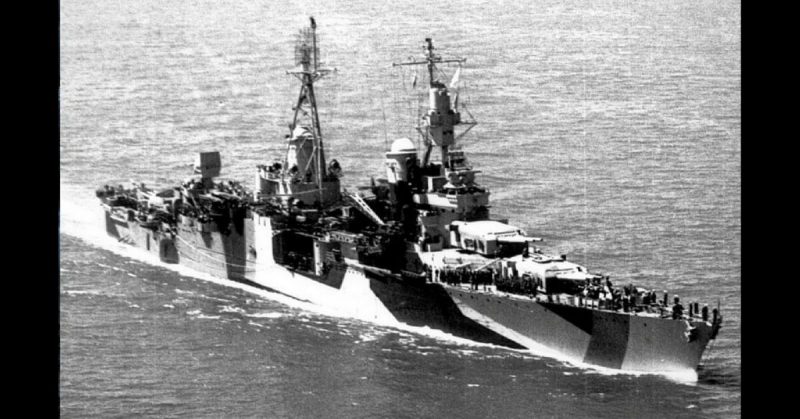On July 30th, 1945, a Japanese submarine sank a Portland-class cruiser of the US Navy, resulting in the single greatest casualty rate in American naval history. To add insult to injury, the US Navy actually blamed the captain of the cruiser.
Then they called in a special witness to testify against him – the Japanese captain who did the sinking.
The USS Indianapolis (CL/CA-35) was the pride of the US Navy and saw plenty of combat, her last fight being at the Battle of Okinawa in April to June of 1945. After repairs in San Francisco, Captain Charles B. McVay III was ordered to take her back to Pearl Harbor on July 16th.
Traveling to Honolulu at 29 knots, the cruiser set a new speed record. There they took on a mysterious, heavily guarded, sealed box, Once loaded, they set off to Tinian Island in the South Pacific, reaching it on July 26th.
Waiting for them was a very special plane called the Enola Gay. It meant nothing to the Indianapolis’ crew at the time, but the package they delivered would finally end the war.
They then headed to Guam, but there was a major screw up.
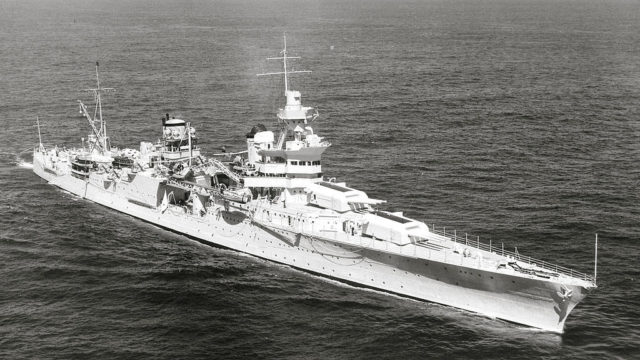
Pacific Command had told Vice Admiral Oldendorf and Admiral McCormick to expect the Indianapolis for a ten-day training session in the Philippines. McVay received the orders correctly, but Oldendorf and McCormick did not.
McCormick’s staff had incorrectly decoded the communications but didn’t ask for a retransmission. So the admiral knew that the Indianapolis was headed to the Philippines, but not what for.
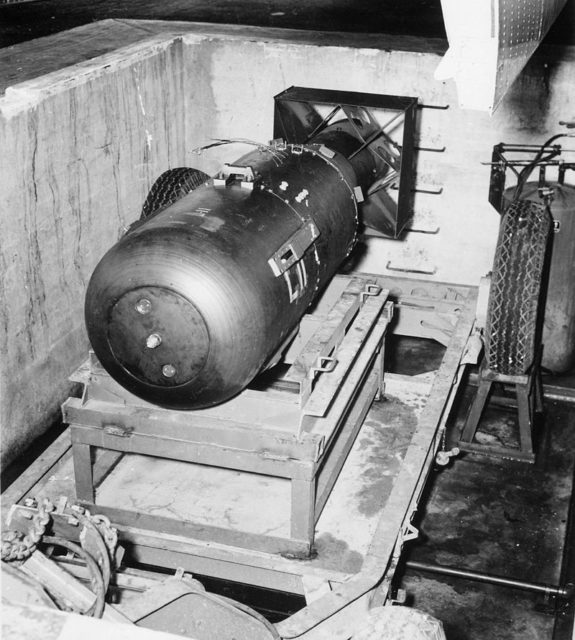
As for Oldendorf, he knew the ship was coming, but he didn’t know when.
And it only got worse.
Before leaving Guam on July 28th, McVay had asked for an escort, but was refused. Pacific Command assured him that there was no significant Japanese submarine activity in the area. They lied.
Because on July 24th, Japanese submarine I-53 of the Tamon Fleet had sunk the USS Underhill off Cape Engaño in the Philippines. So McVay was told to use an evasive maneuver called zig-zagging, if needed.
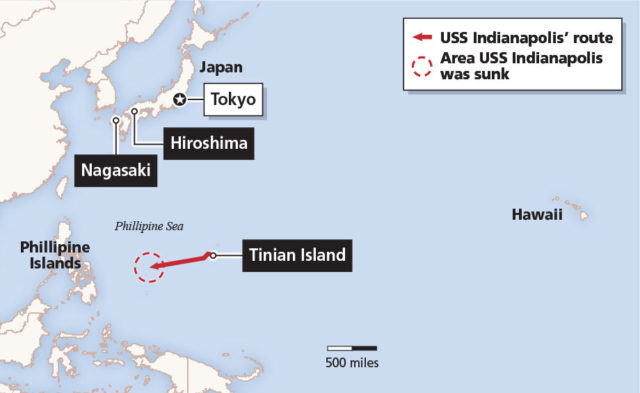
Somewhat assured, the Indianapolis set off for the Philippines.
Enter Commander Mochitsura Hashimoto. He was aboard submarine I-24 during the bombing of Pearl Harbor, but didn’t participate in the attack. In fact, he hadn’t participated in any successful attack on anything, though not for lack of trying.
Each time he set his sights on some juicy ship, his submarine would have equipment failure, another submarine would beat him to it, he’d miss, or he’d be ordered away.
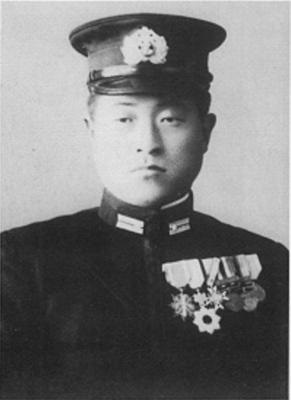
Hashimoto was also at the Battle of Okinawa, and his was the only submarine to return from that engagement. Which was why he was praying desperately at the tiny shrine of submarine I-58 as it left Kure, Japan on July 16th.
By July 29th, the crew of the Indianapolis were exhausted. Despite Pacific Command’s assurances, they had kept a watchful eye since leaving Guam and it was taking its toll. To relieve the stress, McVay ordered a rope yarn Sunday – crews would maintain their vigil, but be spared drills, lectures, and inspections.
It worked. By 7:30 PM, visibility was too poor to maintain their zig-zagging, so McVay ordered the ship to make a beeline toward Leyte in the Philippines. He then made his way to his quarters at 11 PM – about the same time that Hashimoto woke up for his shift.
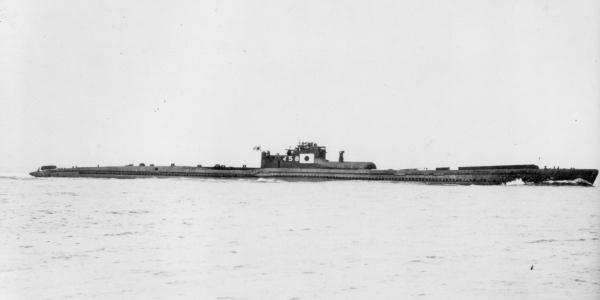
Making his way to the shrine for his usual prayers, the gods finally heard him. At around 11:45 PM, Hashimoto was standing on the submarine’s deck when the moon finally broke through the cloud layer.
Light glinted off an object some 10,000 yards away. Looking through his binoculars, he spotted the Indianapolis and ordered the I-58 to dive.
At 12:02 AM of July 30th, Hashimoto fired six torpedoes at the American cruiser. The first one hit the Indianapolis’ starboard bow some three seconds later. While the lower bow’s deck began taking on water, a fire raged in the upper decks.
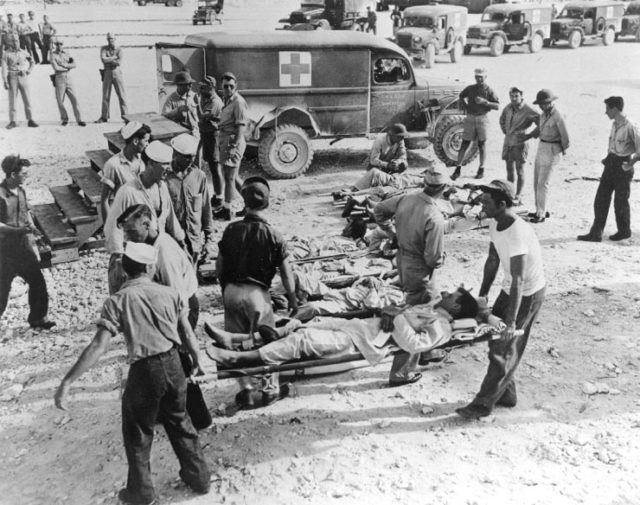
Three seconds later, the second torpedo hit, causing more explosions. Those on deck struggled to stay upright, while those below were trapped in the flames. Chief Medical Officer Lewis Haynes suffered third-degree burns to his head and hands, but he managed to get to the deck and began treating those he could before passing out.
McVay thought he could still save the ship if they could shut off the engines, but they couldn’t reach the engine room because of the fried circuitry. As the ship began lurching, he managed a distress signal before giving the order to abandon ship.
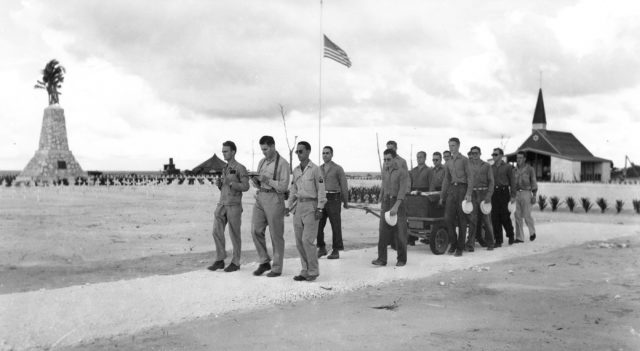
The Indianapolis plunged head first toward the bottom, sinking within 12 minutes of Hashimoto’s first salvo with 300 men still onboard. The 880 survivors expected immediate rescue, but HQ never got their distress signal.
Stranded among ten-foot swells, they only had a few life-rafts and some life-jackets, so they did their best to keep each other alive. Then the sharks found them.
For the next several days, they floated without food and water, freezing by night and burning by day, while slowly being picked off by predators. In desperation, some drank the seawater, which only made them delirious.
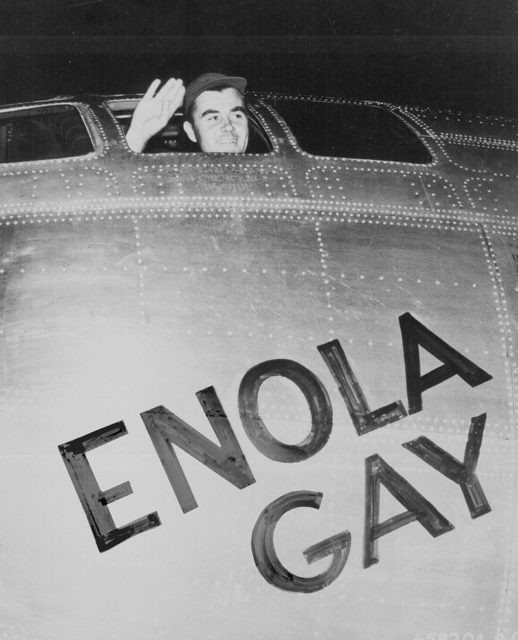
Those who became too violent were pushed away from their respective groups, as well as the jackets that kept them afloat. Others began hallucinating and started swimming toward imaginary islands and ships.
Rescue finally came on August 2nd when Lieutenant Wilbur Gwinn set out on a routine patrol mission and spotted the men from his seaplane. Of the 1,196 men aboard the Indianapolis, only 316 survived.
Hearing about the incident, the crew of the Enola Gay scrawled a message on their atom bomb which read, “A present for the souls of the Indianapolis crew.”
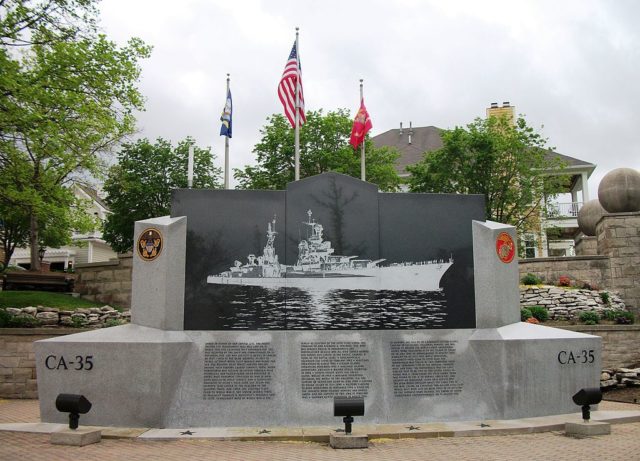
Under pressure from the families of the deceased and wanting to distance themselves from their own negligence, the Navy court-martialed McVay on November 12th, 1945.
Then a stunned Japanese captain was brought to the US to testify.
Hashimoto claimed that even had McVay continued zig-zagging, the I-58 would still have been able to sink the cruiser. McVay was acquitted in January 1946 but the horror of what happened never left him. He killed himself in 1968.
In July 2001, pressure from the survivors forced the Navy to issue an official apology for the way they treated the Indianapolis’ last captain. Hashimoto played a role in that pressure and later became a Shinto priest.
